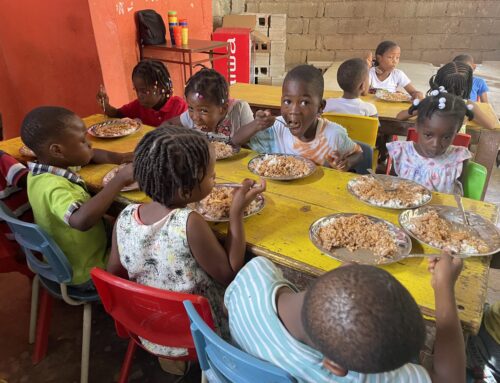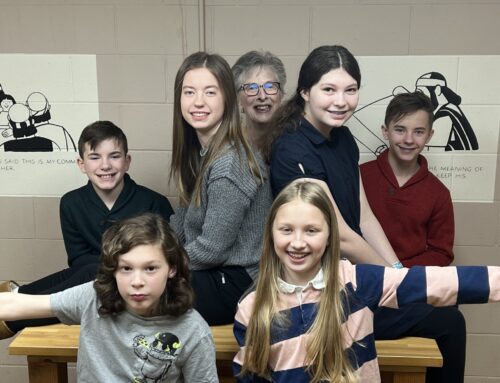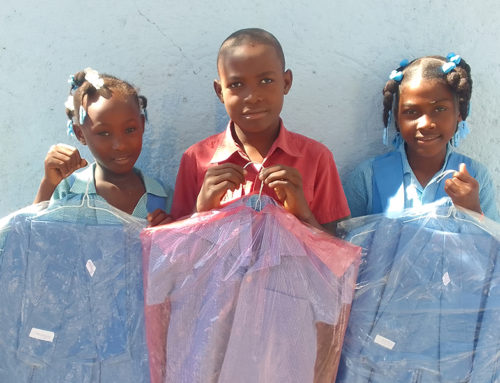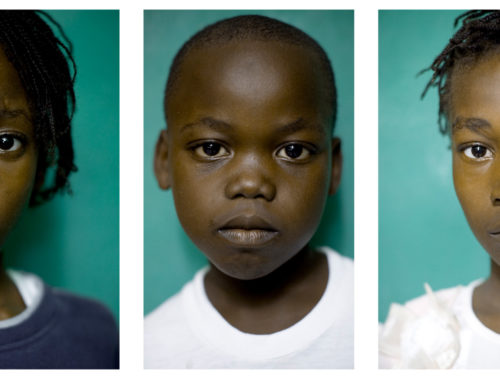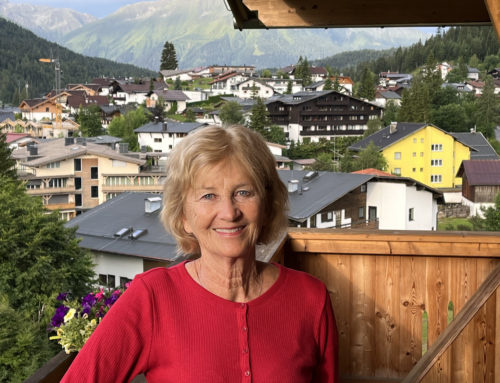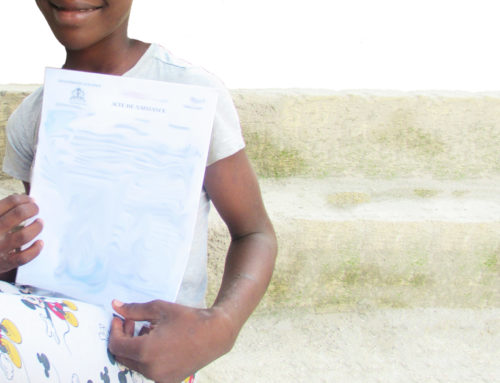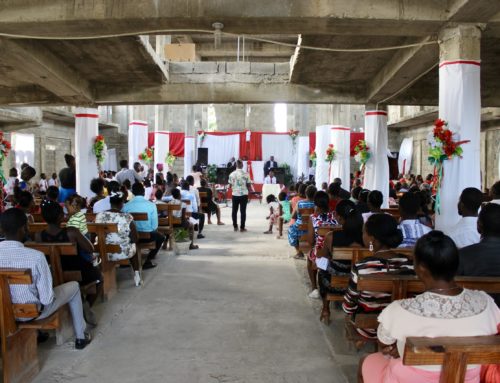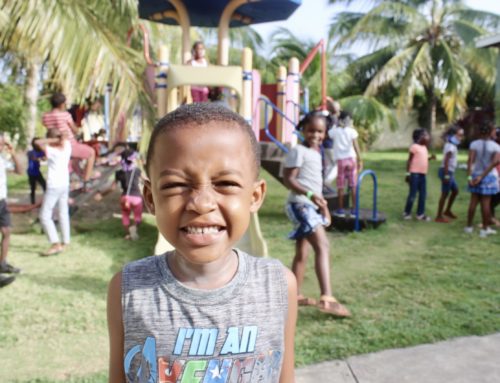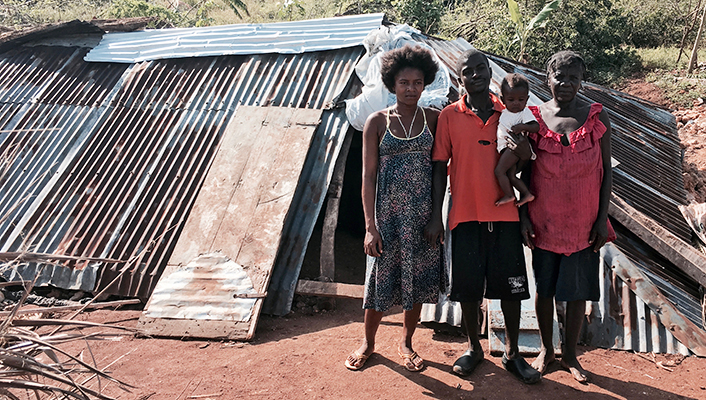
By Roslyn Phillips
The hurricane that blew through Port Salut, Haiti, in October 2016 destroyed many of the mountain homes where families lived. One step into the makeshift structures where the small wooden or white clay homes use to stand will make one wonder how living here is even possible. Yet this is where a mother and her four small children live. The disaster forces us to look at a reality many of us never imagined existed, but it was not the hurricane that brought on this reality. These mothers who are at risk of sending their children away into restavek were always the mothers who were at risk of sending children away. The demolished homes simply allow us to see more clearly why children would be at risk of being sent into restavek. So what does it take—from us as individuals—to keep a family from sending their children into restavek?
At home they are hungry and malnourished, but in restavek, as a domestic servant, they occasionally get something to fill their stomach. Why not just let this be? Of course this is a hollow response. Many of us, often find ourselves talking about the “at least.” At least she lives with her family, at least she gets to eat on a regular basis… at least, at least, at least. But in the depths of our hearts, we know their humanity is not supposed to settle on “at least.” Our individual humanity asks for so much more than the “at least.” After all, our humanity depends on one another.
Let us not forget the problems of both groups of children who are on the verge of despair – those in restavek, and those at risk of being sent into restavek. There are those who are already living a nightmare day in and day out, and there are also those who could wake up any day and find themselves trapped in that same nightmare. The latter are children in families unable to care for them and who see no alternative but to send the children away. It becomes more palatable to send the child to a distant person when that person is willing to throw out huge promises that everyone involved already knows are not true.
While the season of crisis caused by the hurricane is over, we must remember the situation for the children who are at risk in the mountains has not improved. The problems that were here before the disasters are still here. What does it take to keep a family from sending their children into Restavek? The answers are complex, and so often it is unique to each family. That is why it is critical to be present, to listen, and to take the long view. As long as there is one child in restavek or one child at risk of being sent to become a restavek, we owe it to our own humanity to continue searching for the answer. This journey includes addressing acute needs for food and shelter, and addressing long-term capacity concerns for education and employable skills.
HEAR: Getting back to working with our former school Programs
This past month we gave financial and nutritional support to 6 schools to help them finish out the academic school year. This included helping school directors pay the salaries of over 75 school teachers. Because of your help, children in the mountains would not automatically lose the school year because of the major rains this year that washed away their homes and school books
As we finished up the last of our food distribution program, we decided that we would give the last of the relief supplies of food you helped provide to the children in the school programs that we have been following over the last five years. The decision sprung from the school directors who had all come to our office individually (and several times) to remind us of the difficulties of teaching children and getting teachers to come teach without being paid. Most of the school structures had fallen, they could not afford to pay the school instructors, and students had no reason to come to a school without teachers. All the stories were the same; disheartening and discouraging to everyone involved. When we visited the schools, they were even worse than we had imagined from what the directors were saying.
At the end we resolved that there were certainly not going to be any quick fixes. These schools had been built from small savings over many, many years and the winds had wiped them away in only a matter of minutes. What we could do was to work with the school directors to figure out the best way to get as many students to come finish out the school year as possible. With your help, this is what we did.
We worked with the directors and teachers to organize students so that we could give each one food supplies to take home. The children were a little surprised that we had chosen them to receive the food. Unlike commonly seen food distribution sites centered around adults, there was no chaos or commotion. The children lined up in order and waited for their bags. I smiled at their astonished looks.
Still, many of them had little energy because of a lack of nutrition. The children in these mountain areas come from some of the most difficult situations in the region. Just the idea of them coming to school is a miracle, and it is not difficult to see this in their eyes. The 25-pound bags of food were almost as big as some of them. The director allowed them to store the food bags under their chairs until the end of the day when their parents came to get them or they lifted the bags on top of their heads before their hikes home.
Thank you for joining us on this journey to provide hope, relief, and freedom for these children. Together, we can help ensure that more families are equipped with the knowledge and resources they need to love and care for their children, preventing another child from ending up in the exploitative system of restavek.


